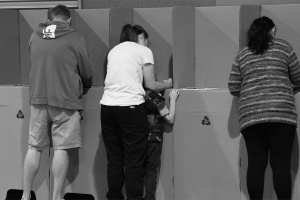Tesla Wins Contract With Transgrid to deploy Powerpacks across several sites in Australia
Tesla has won a contract with Transgrid, the company that operates the New South Wales (NSW) portion of Australia’s National Electricity Market (NEM). The 250 kilowatt, 500 kilowatt hour Powerpack installation in NSW will help better manage fluctuating energy demand and prevent blackouts.
They announced this week that the first installation will be a relatively small 250kW/500KWh Powerpack station at the City of Sydney’s Alexandra Canal Works depot. It should be completed in the coming months.
The AFR reports:
“The Powerpack battery will save the City of Sydney on its energy bills and allow it to add more solar panels to the Alexandra Canal Works depot, helping to manage the energy flow by storing surplus power generated in daylight hours for lighting, airconditioning, plant and equipment use at night.”
The Powerpack contract is intended to help smooth the uneven supply of power from solar and wind energy sources. These sources often spike during daylight hours that don’t correspond with demand, necessitating some device for storage. It is also to be part of the trial “demand response” technique for moderating prices and avoiding blackouts.
While the project has the same goal, it’s unrelated to the Australian government’s tender for a massive 100 MWh energy storage project that Tesla has bid on. The country’s energy problems that led to major power outages over the last year and they decided to turn to energy storage to stabilize their grid.
Tesla CEO Elon Musk promised his company could deliver the energy capacity in 100 days or it would be free. The bids are apparently down to a short list now and the project should be awarded soon – especially since a quick deployment is part of the deal.
Also, as reported earlier this month, Tesla is also deploying energy storage behind the meter in Australia. They have now started Tesla Powerwall 2 installations in the country, which is expected to be one of the most important markets for Tesla’s home battery pack.
Source: AFR, Electrek




